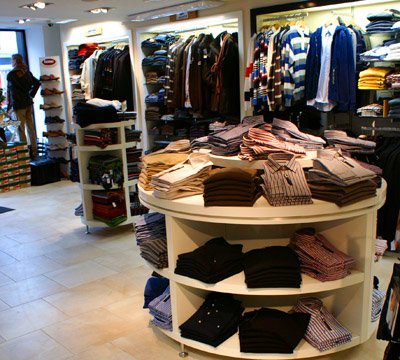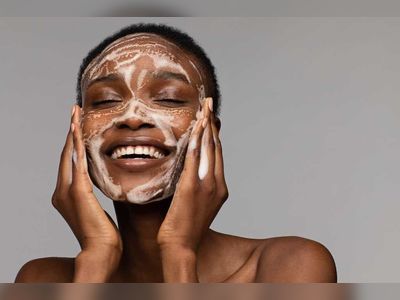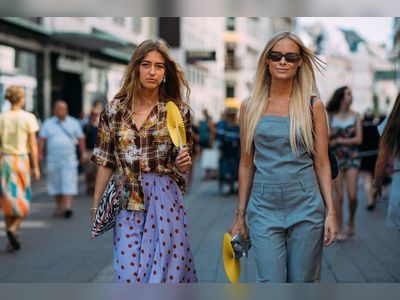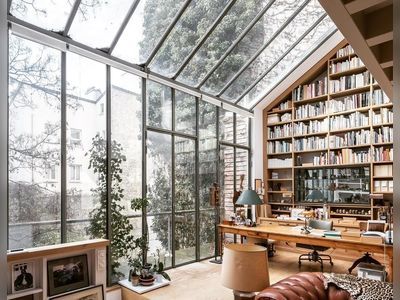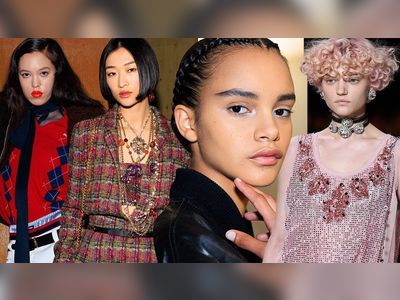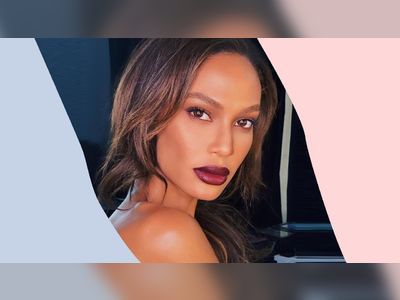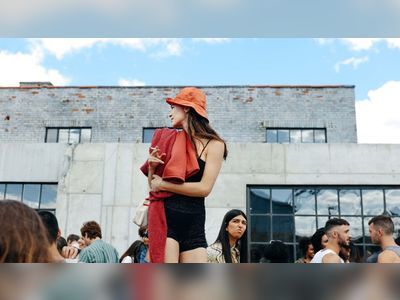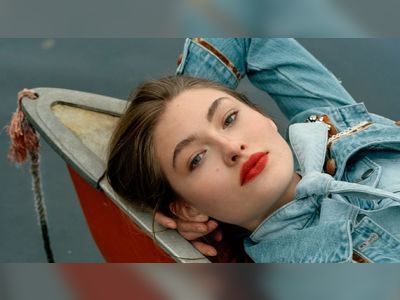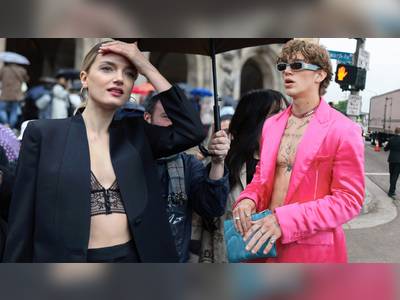But let's suppose you've got neither: You're on a budget and, like most
of us, you are a little unsure of what to choose. That was the
situation for Jon Yates, my friend and co-worker who writes the
Tribune's "What's Your Problem?" column. His problem was he dressed in
the same blue shirts and boring khakis every day.
A few months ago, I took Yates for a fashion makeover at a chic Bucktown boutique, Apartment Number 9 (1804 N. Damen Ave.).
With the expert help of owner Sarah Blessing, Yates tried on three
different looks that were stylish and that passed his all-important
comfort test. He looked great and felt good too.
Here's the rub: They were expensive designer clothes that he couldn't afford. Many readers felt the same way—and told me so.
"How about showing us regular folks how to look good without going broke?" mother of five Sue Mitchell e-mailed me from West Chicago.
You're on, Sue!
I took the three styles that Blessing had picked for Yates and did my best to duplicate the looks at bargain prices.
Not surprisingly, the quality of the clothes I found at the lower
prices was not the fine cotton, wool and linen of the high-end looks.
The cheaper stuff is not investment dressing. It won't last forever.
But it's still a fashionable alternative to Yates' old look.
In the bargain versions, stitching can be iffy, fabrics are generally
inferior and, to cite one example, the $20 hoodie left white fuzz on
everything. On the other hand, it was $20—not $250 like the Michael
Kors hoodie option. For a $230 difference, you can overlook a lot of
shedding.
At the original makeover, Blessing advised that you build a quality
wardrobe one splurge at a time and recommended starting with a good
boot or high-quality shoe.
That's still sound advice. If you can only afford one good thing, make
it classic footwear. Quality shoes or boots can last for years.
The boots I found for the frugal re-do cost less than a third of the
more expensive ones and they looked and felt it. They were stiff, ugly
and cheap-looking (even though they cost almost $110).
So what else is involved in getting a quality look for less? Window
shop and look at magazines for guidance on styles and options.
For instance, Yates never imagined himself in a sweater vest or a
button sweater ("Too Mister Rogers") but he discovered he looked good
in both. He also learned, "I can go for a slimmer fit."
When trying less expensive clothing, pay careful attention to the
details: Does the shirt button properly without gaps? Does the zipper
on the trousers buckle or pull? Do side seams pucker? Is the fabric
cheesily shiny or likely to pill? And are the pockets strong enough to
stand up to a set of keys and serious wear?
Smart shoppers look for quality labels at stores that discount them, such as Marshalls and Filene's Basement,
shop end-of-season sales at pricier stores and pop for tailoring
(especially length alterations for trousers and jeans) that can make a
huge difference.
Low cost does not necessarily mean terrible quality. But bargain
shoppers know they have to take extra time browsing, trying on and
examining the clothes to make sure they're getting their money's worth.

Phil Oh’s Best Street Style Photos From the New York Fashion Week Spring 2023 Shows
This season New York Fashion Week has brought in a worldwide crowd of stars thanks to a packed season that even includes shows...
